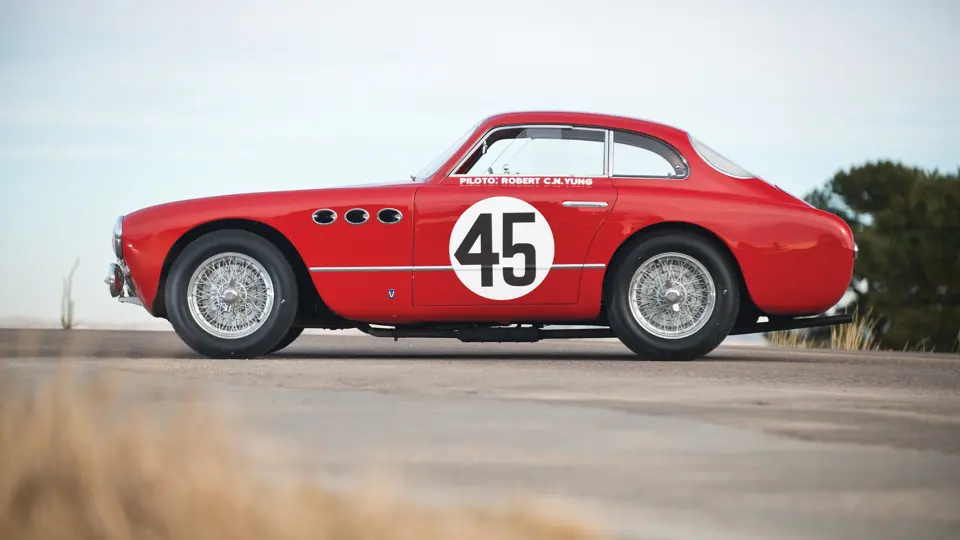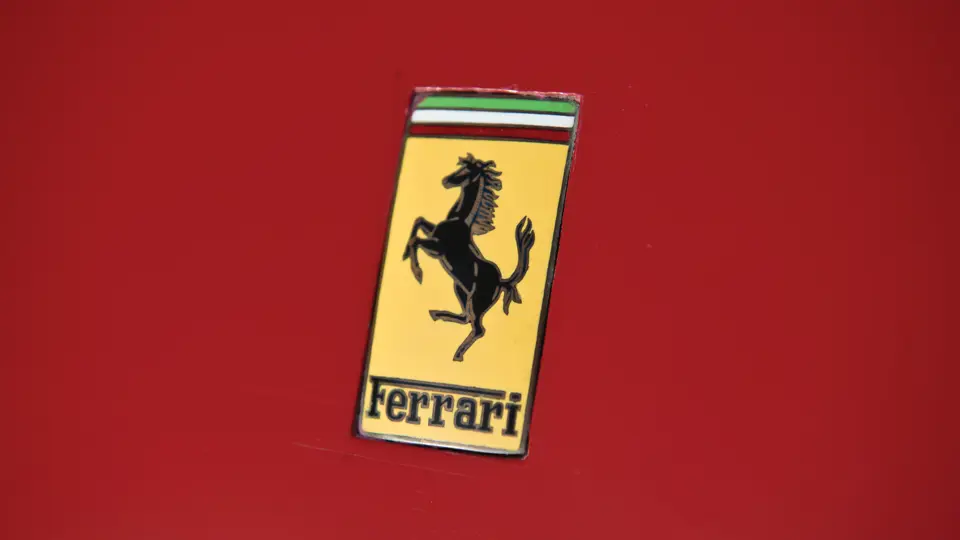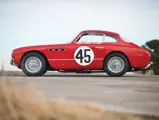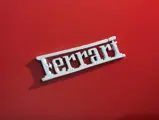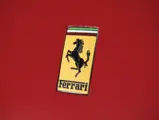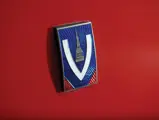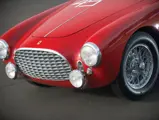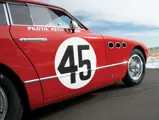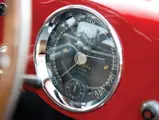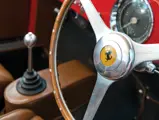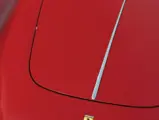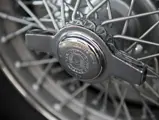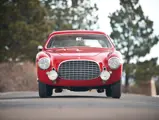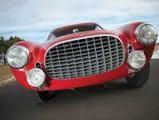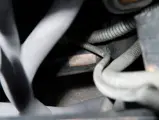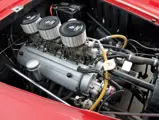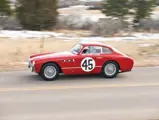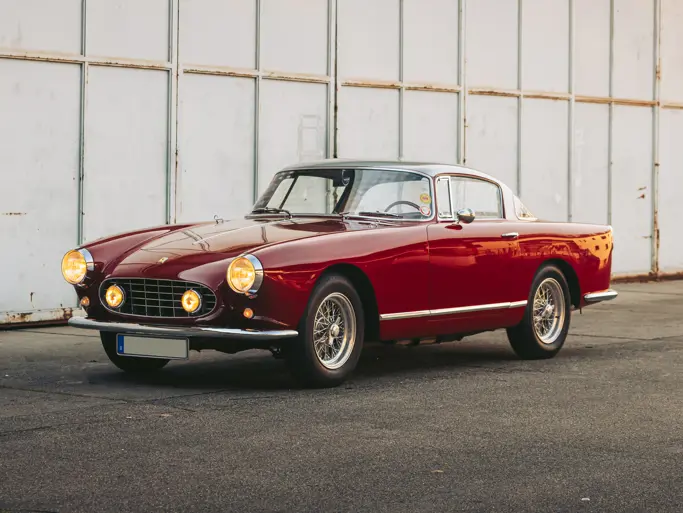
1952 Ferrari 225 Sport Berlinetta 'Tuboscocca' by Vignale
{{lr.item.text}}
$1,237,500 USD | Sold
{{bidding.lot.reserveStatusFormatted}}
- One of six 225S competition berlinettas
- Second in Class, 8th place overall at the 1953 12 Hours of Sebring
- Overall winner at the 1955 Cuban Sports Car Grand Prix
- Understood to be one of two berlinettas constructed on the famed “Tuboscocca’ chassis
- Offered from 38 continuous years of recent ownership
- Fresh mechanical and cosmetic refurbishment
- Superb entry for top historic races and rally events
210 bhp, 2,715 cc SOHC V-12 engine with triple Weber 36 DCF downdraft carburetors, five-speed manual gearbox, independent double wishbones with a transverse leaf spring front suspension, rigid axle with semi-elliptic leaf spring rear suspension, and hydraulic drum brakes. Wheelbase: 88.6 in.
The lifeblood of Ferrari, particularly in the early years, was competition. It is a widely held belief that the creation of road-going versions of the competition sports cars existed almost solely to support Il Commendatore’s racing effort. In many instances, engineering advances developed for battle can be traced directly to the road cars, such as the pioneering, weight-balancing use of the transaxle from the 275 series GTs.
Ferrari’s competition teeth were cut along with their continuous progress of the small-displacement V-12 engineered by Gioachino Colombo, the first of which was deployed in 1947 as the 125S. At 1500 cubic centimeters, the power produced was considered extraordinary for its day and size, and it quickly cemented Ferrari’s reputation for technical sophistication. A progression of yet larger engines was developed based on this original design, with many types attaining impressive racing victories, notably the 166MM and the 212 Export.
A larger-displacement, more powerful version of the venerable 212 Export competition model was introduced in 1952, christened the 225 ‘Sport,’ following the long-time Ferrari practice of naming their models consistent with the displacement of a single cylinder. In the case of the 225S with its 12 cylinders, that translated to 2.7 liters overall. Inspired by the concurrently-produced, Lampredi-designed “big block” Ferrari engines, use was made of the roller-type cam followers introduced by Lampredi. The 225S is regarded as something of an interim link between the “early years” of Ferrari and the introduction of the long-lived and legendary 250 series of cars, and the many iterations thereof. The 225S performed with distinction during its prime, with podium and notable finishes in numerous events, such as the Mille Miglia, the Targa Florio, and outright firsts in the Coppa d’Oro delle Dolomiti, the Portuguese Grand Prix, and Buenos Aires, as well as a notorious 1-2-3 achievement at the 1952 Monaco Grand Prix. The 225S drivers, such as Taruffi, Marzotto, Villoresi, Castelotti, and the illustrious “Pagnibon,” serve as a veritable who’s who of sports and GP racers of the early ’50s.
The most advanced iterations of the 225S are those constructed on the innovative tuboscocca frame, a special chassis with double outer-tubes joined together with a truss-like arrangement. Not only did this serve to strengthen the platform, the chassis helped form a skeleton of the body shape on which body panels could be mounted. This saved weight with no compromise to structural rigidity and contributed greatly to the now-legendary racing success of the model.
Nearly all Ferraris of the early era were coachbuilt by various Italian design houses (carrozzeria), and none were more distinctive and delicately executed than those styled by Carrozzeria Vignale. Virtually no two Vignale-bodied Ferraris are precisely alike, and the six 225S Berlinettas were no exception.
Enzo Ferrari and Alfredo Vignale shared a consuming passion for their work, each insisting upon final approval of even the most seemingly insignificant details. Among the individual designers working at Carrozzeria Vignale was the rising young “star” stylist Giovanni Michelotti. Michelotti was to enjoy a brilliant career and is regarded today as the father of the trademark ovoid egg crate-type Ferrari grille that has signified “Ferrari DNA” for years to come, including up to the present day for a number of models.
RM Auctions is proud to present this iconic 225S, chassis 0168ED. As one of the six competition berlinettas built (indicated as such by the even numbered chassis, reserved by Ferrari for the racing variants), it features the aforementioned and unmistakable ovoid egg crate grille (in the unusual yet attractive “convex” formation) and the desirable triple oval, chrome-ringed “portholes” on the front fenders, as well as other eye-catching signature Vignale touches.
Chassis 0168ED is an extraordinary example of this rare breed, with a short yet impressive competition history and documented ownership chain, culminating until recently with its resurrection by a noted California enthusiast, a pillar of the Ferrari community who had owned the car for nearly 38 years.
After a very brief stint in the hands of its first Roman owner from July 25, 1952, it was re-attained by the factory in November of that year (likely as a trade-in) and promptly dispatched to Luigi Chinetti Motors in New York, U.S.A.
Chinetti sold the car to brothers Peter S. and Robert Yung, of New York, who intended to race, and race they did. Chassis 0168ED, in the capable hands of its privateer owners, debuted the Ferrari on American circuits at the 2nd Annual 12 Hours of Sebring in March of 1953, remarkably finishing in 8th position overall, while taking a 2nd in their class. Impressively, this was against American racing royalty, such as the overall winner John Fitch in Briggs Cunningham’s C4R, and it was only beaten in class by a factory entered Aston Martin DB3S sports racer. Another significant result came in May of that year, where the car placed 4th overall at Bridgehampton.
After their spectacular first season, the Yung brothers sold 0168ED to Santiago Gonzales, of Cuba. Also an enthusiastic driver, Gonzales (who later went on to race a 500TRC) made his Cuban debut in 1955 at the Sagua-to-Havana Rally. Gonzales and his co-driver, Gilberto Hemandes, piloted the 225S to victory in the Sports class, and took a 2nd place finish overall. In October, the pair joined forces again for the Cuban Sports Car Grand Prix, and this time, it took home an outright win. Thanks to this impressive display at an emerging venue, 0168 ED was featured in the Ferrari Yearbook of 1955, and it appeared on the cover of the book Gano Fangio ei I Gran Premio de Cuba. Notably, the original brass plaque remains on the dashboard, commemorating the Sagua-Havana Rally.
From Cuba, the car was sold back to America in 1957, and it was owned by Robert Andinolfi, of Los Angeles, and later Jerry Curion, whereupon it was domiciled in California until 2011.
This brings us to its longest term owner, Donald R. Wasserman, of San Francisco, who acquired the car in 1971 from a referral by noted Ferrariste and author Richard F. Merritt. Wasserman was known to many as a “larger than life” character who was constantly ahead of the curve as an enthusiast of vintage racing machinery, as well as in business; for example, he was early to see the potential of real estate investments in the Haight-Ashbury area of San Francisco. As an avid historic racer, motorcyclist, and even winery operator (Great Bison from the California Central Coast), he was a founding board member of the CSRG, one of the oldest vintage motorsport clubs in the country.
By this time, 0168ED, like so many old racing Ferraris, had been fitted with a Chevrolet small block V-8 and was in need of a comprehensive restoration. With characteristic verve, Wasserman embarked on an ambitious restoration in 1974, which took all of five years to complete. During this process, an early Ferrari 250GT engine was acquired and supplemented with genuine 225S components. This 250GT unit includes recognizable early features, such as Tipo 112 “Siamese” inside-plug heads, a sump, a timing chest, carburetors and air cleaners, manifolds, fuel pumps, and even the early trademark front-mounted twin distributors. Therefore, in this configuration, the engine is very similar in appearance and performance to the original 225S engine, making it an entirely appropriate substitute. A letter from Wasserman to noted Ferrari historian Marcel Massini, dated 1983, confirms that his objective was to remain period-correct. The Ferrari gearbox and differential are original type and specification, with the gearbox confirmed by Ferrari as an authentic 225S unit. A highly-respected Ferrari restorer was impressed upon recent inspection when he found virtually no evidence of structural modifications that remained to accommodate the Chevrolet engine. The whereabouts of the original 0168ED engine are known, currently installed in the 166MM Spider Scaglietti 0050M.
Persistent attention to detail during the restoration was rewarded upon completion when the 225S achieved a First in Class Award (Ferrari and GT Cars through 1958) at the Pebble Beach Concours d’Elegance in 1979. Afterwards, Wasserman campaigned 0168ED in vintage racing events on several occasions in the 1980s, including the Monterey Historics in 1980 and 1984, and the Mexican road race ‘La Carrera Classic’ (Ensenada – San Felipe) in 1986. The car was featured on concours lawns subsequent to its Pebble debut, notably at the Emilia-Romagna Concorso d’Eleganza in Fort Mason, San Francisco, in 1987.
Sadly, Mr. Wasserman passed away in December of 2008, leaving behind the legacy of a true enthusiast and his long-term love affair with this particular car. Donald Wasserman owned other early and important Ferraris, including a 212 and a mighty 1967 312 F1, but it is telling about this car that 0168ED remained with him to the very end of a life well-lived.
Since its sale by the Wasserman estate, 0168ED was invited to and shown at the 2010 Amelia Island Concours d’Elegance, honoring cars of the Cuban Grand Prix. Several phases of recommissioning have been undertaken more recently, including an engine rebuild featuring new pistons, new main bearings, and new rod bearings. In addition, a full-syncromesh five-speed gearbox has been custom fitted for ease of road use, while the period unit remains with the car. A special Tilton racing clutch has been fabricated and installed with a new hydraulic clutch master cylinder. The entire braking system has been reconditioned with new hoses, stainless steel sleeves, and a rebuilt brake master cylinder. The original-type Houdaille shock absorbers have been professionally rebuilt.
The lovely Borrani wheels have been comprehensively rebuilt with new spokes and are trued, balanced, refinished, and polished. A wide-ranging cosmetic freshening with fine detailing was recently undertaken to complement the mechanical improvements, including expert attention to the original metalwork and repaint, with the application of its “Sebring livery” to punctuate the significant refurbishment.
This rare and charismatic competition berlinetta is offered with an impressive file, which includes a complete history report by Marcel Massini, archival images, copies of the original Ferrari build sheets, correspondence, articles, and invoices. Other charming historical artifacts are also included, such as the original Pebble Beach Concours d’Elegance exhibitor pass and ribbon. Amazingly, the original tool roll survives.
Any Ferrari competition berlinetta is special. The 225S models, particularly the tuboscocca variants, are among the most athletic and satisfying of the competition berlinettas. As one of only six of the alluringly bodied Vignale cars built, this wonderful and rare Ferrari could be considered the ultimate example of an event car, with its “on the button” mechanical preparation and recent cosmetic freshening. The minimal weight of the 225S and its terrific balance, prodigious power, and impressive structural rigidity, position this Ferrari is an ideal entrant in all manner of vintage races and rallies, and it is fully capable of attaining further victories in events such as the Le Mans Classic, Goodwood, Tour Auto, and the Mille Miglia, as well as the more relaxed tours, such as the Colorado Grand and the California Mille.
Please note that RM Auctions has located an original 225S engine that is available for purchase to the successful bidder of 0168ED. Further details are available upon request.

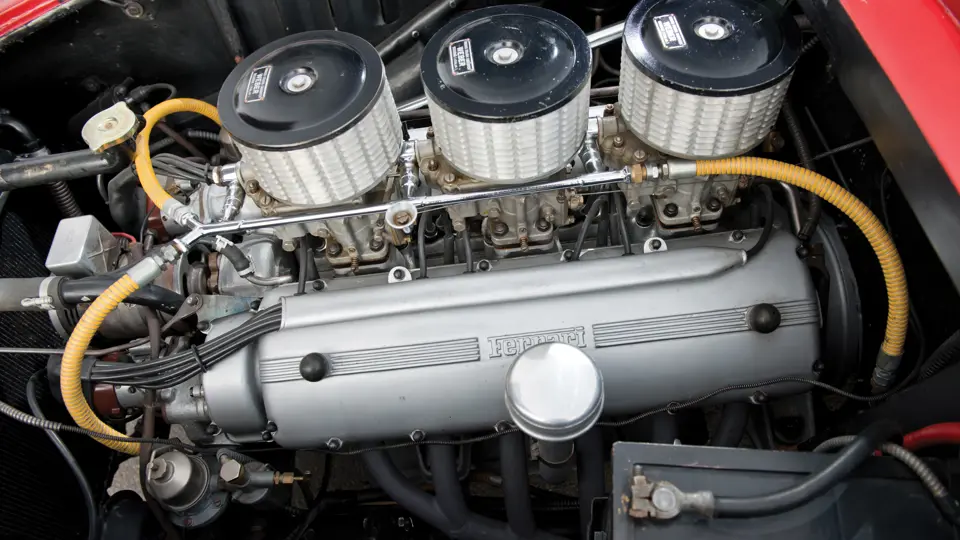



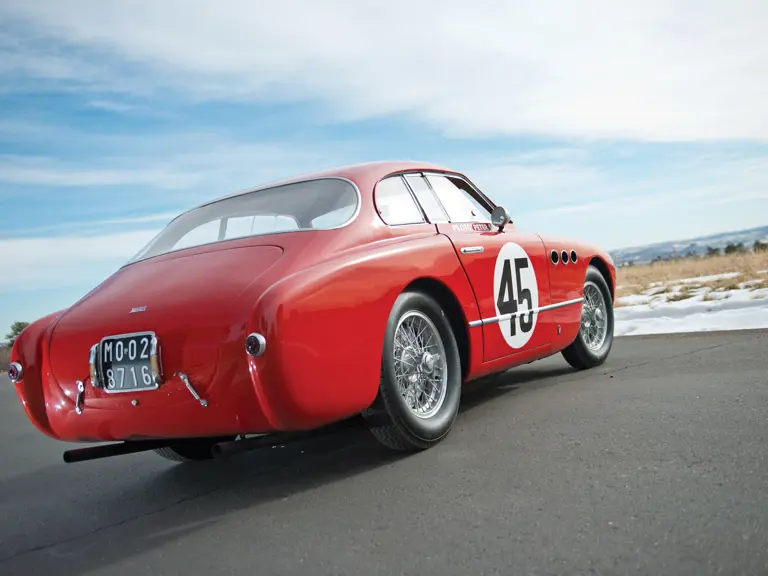
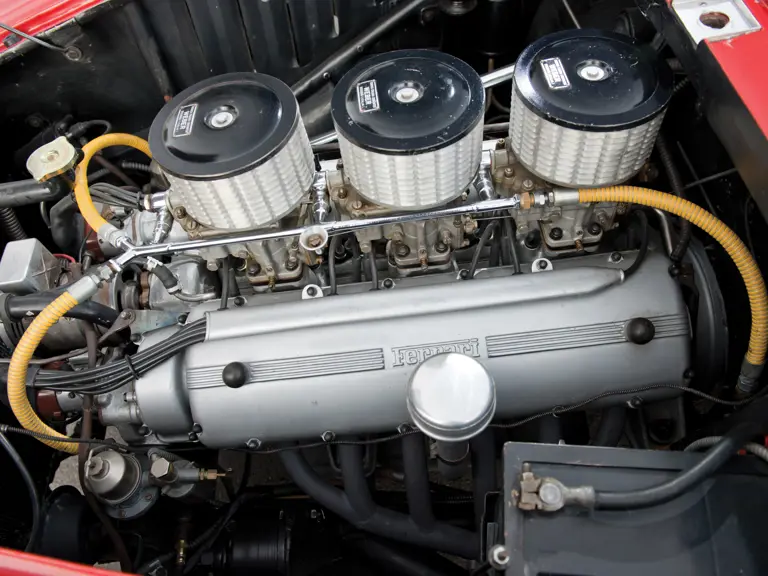

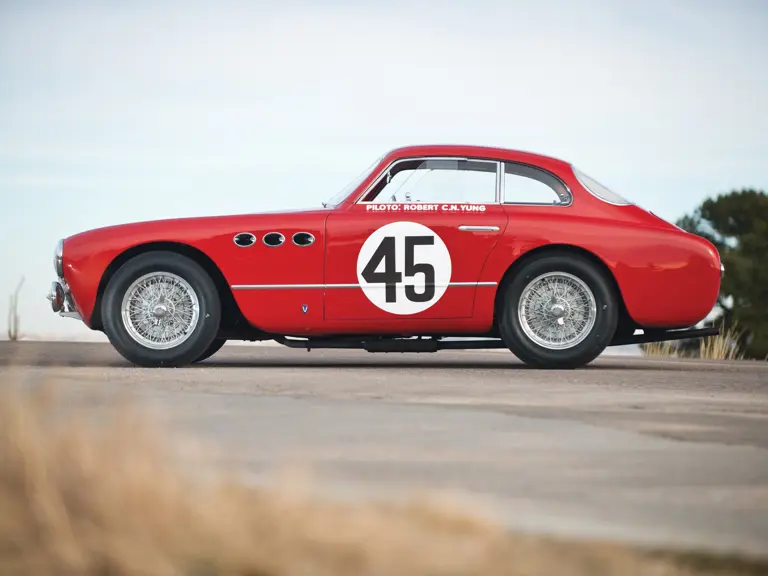
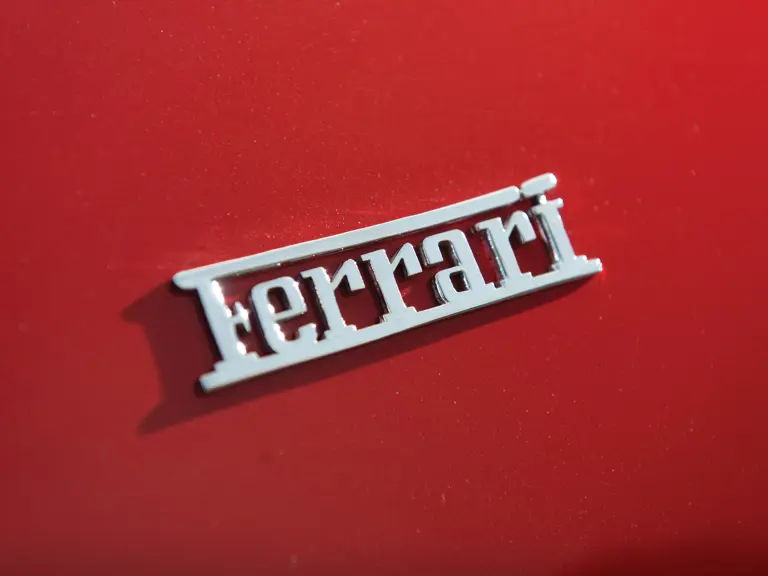
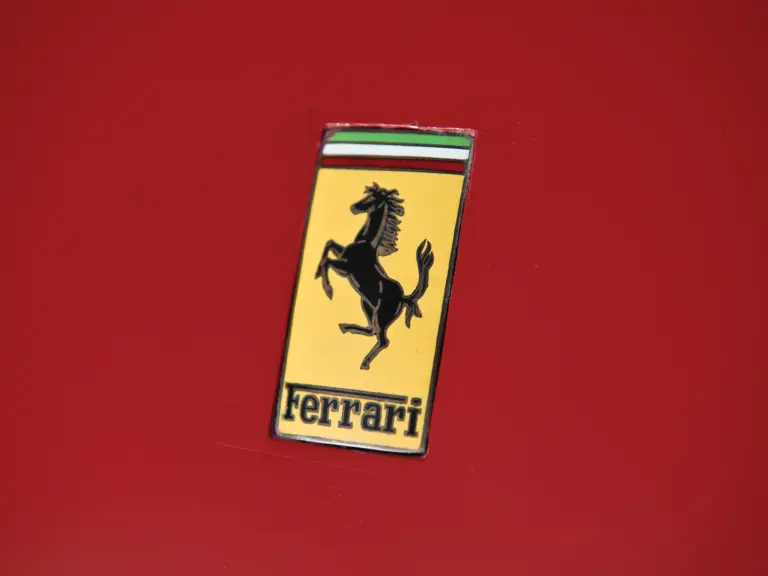
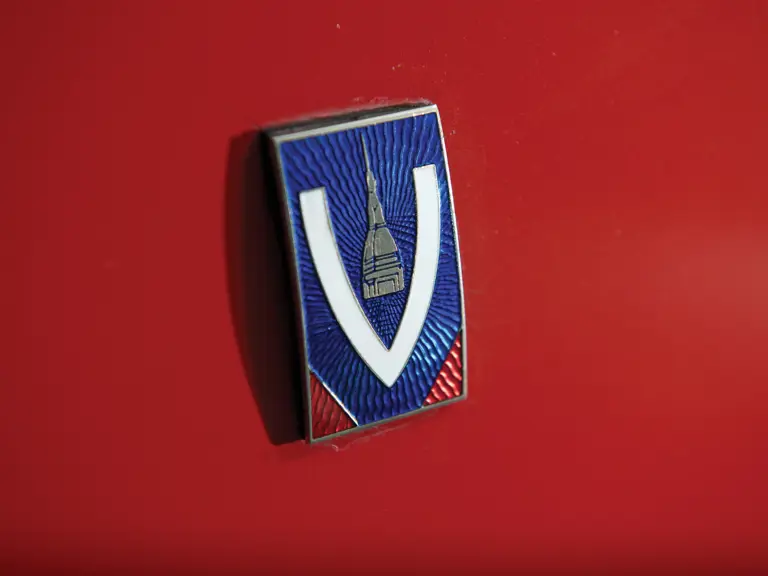
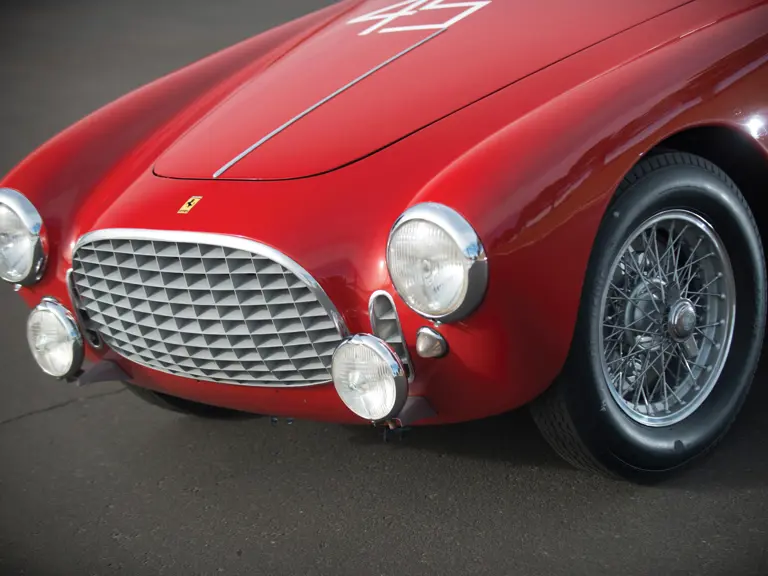
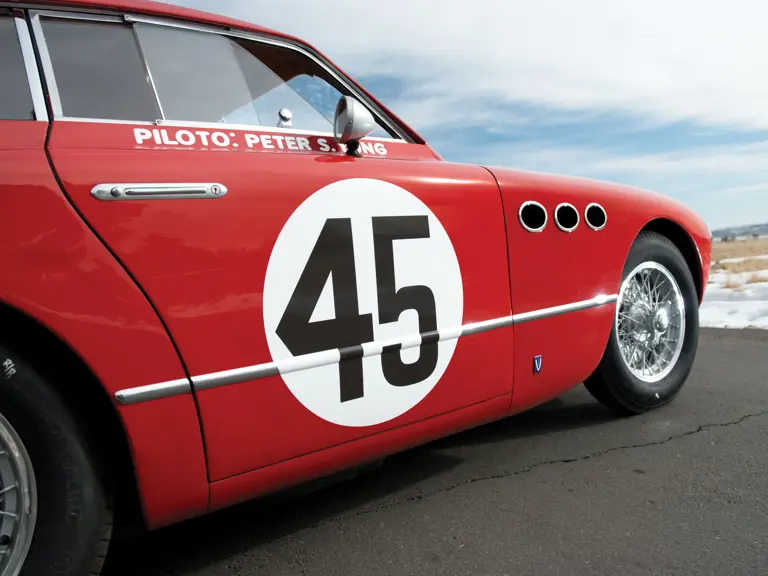
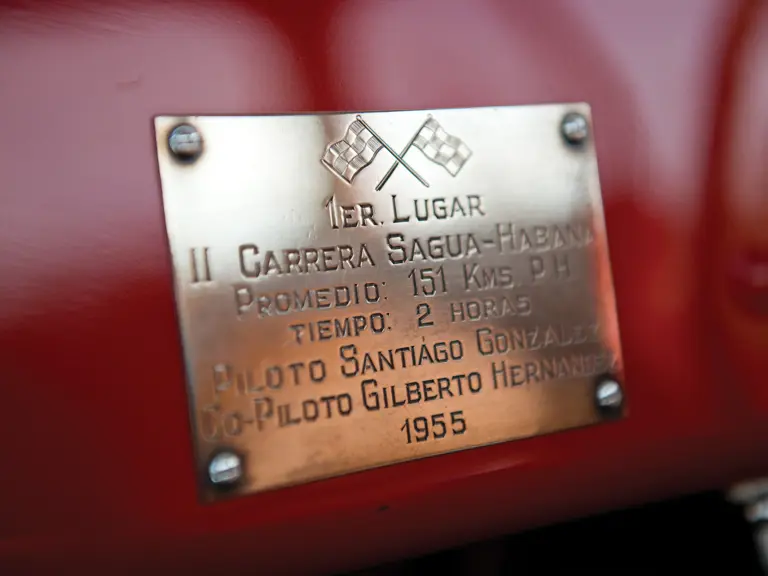
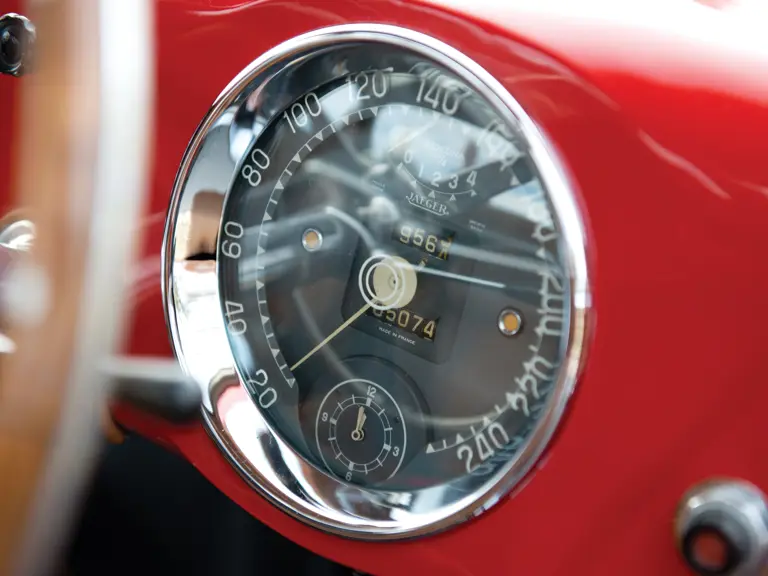
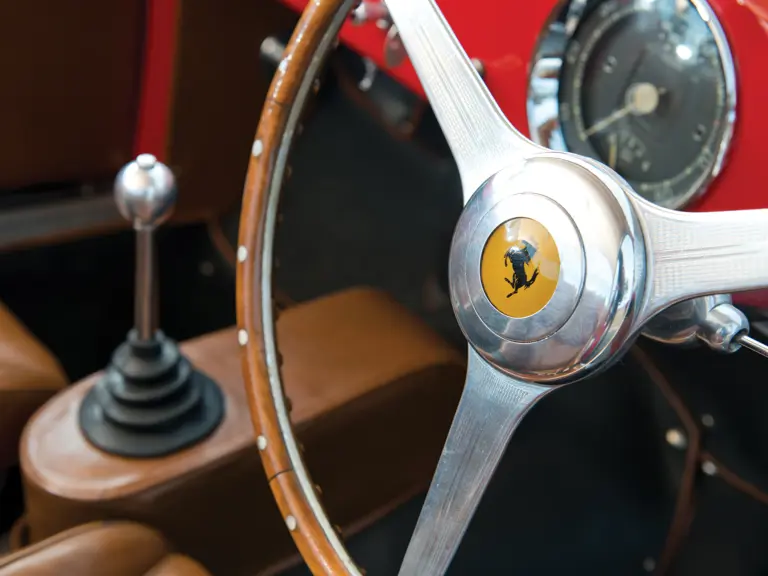
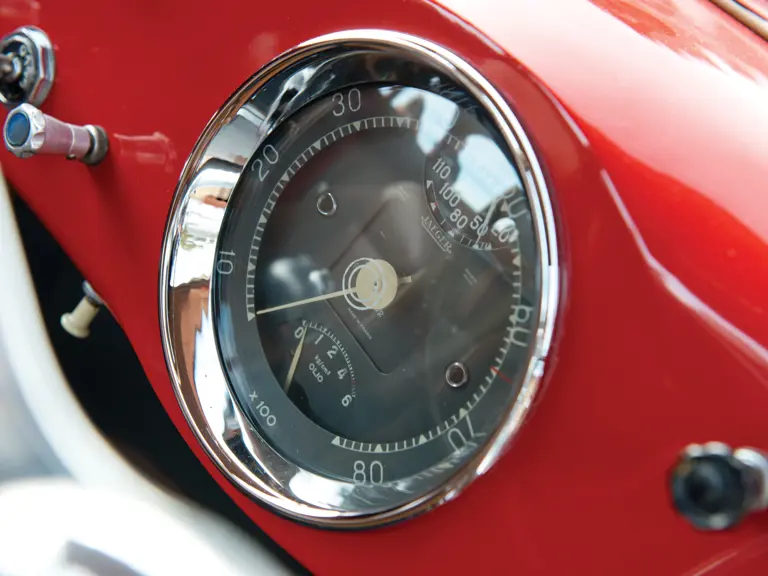
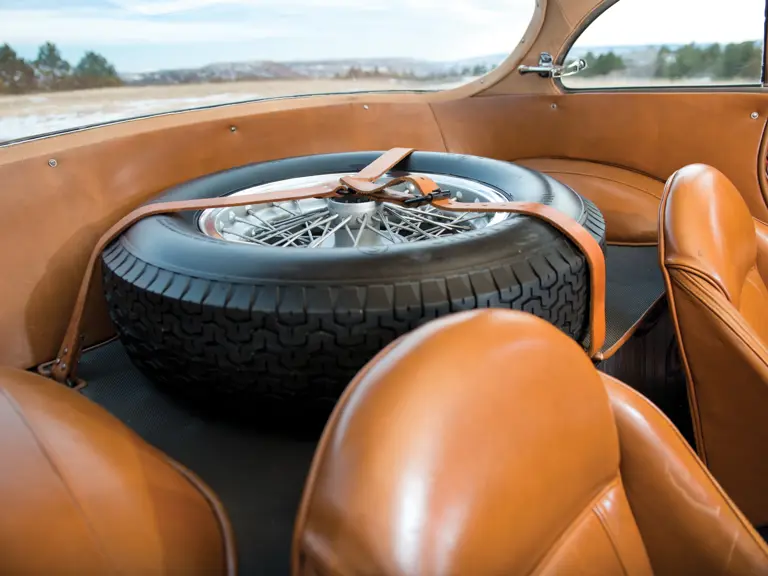
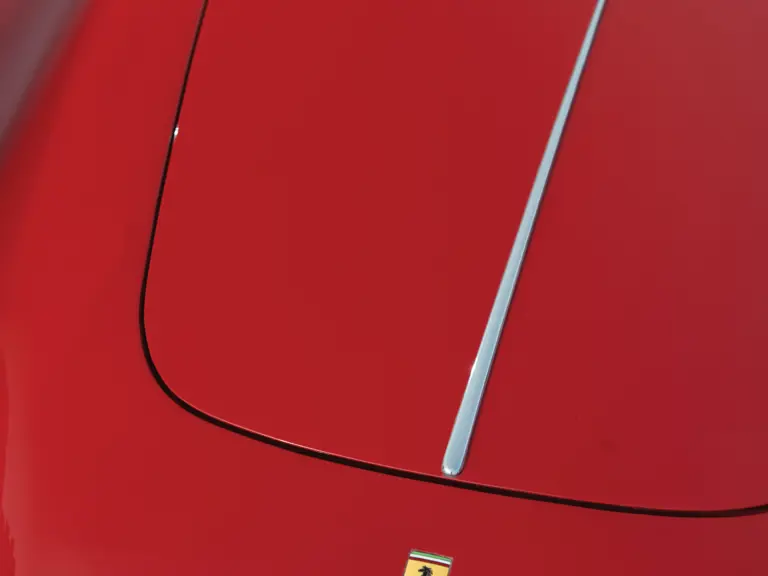
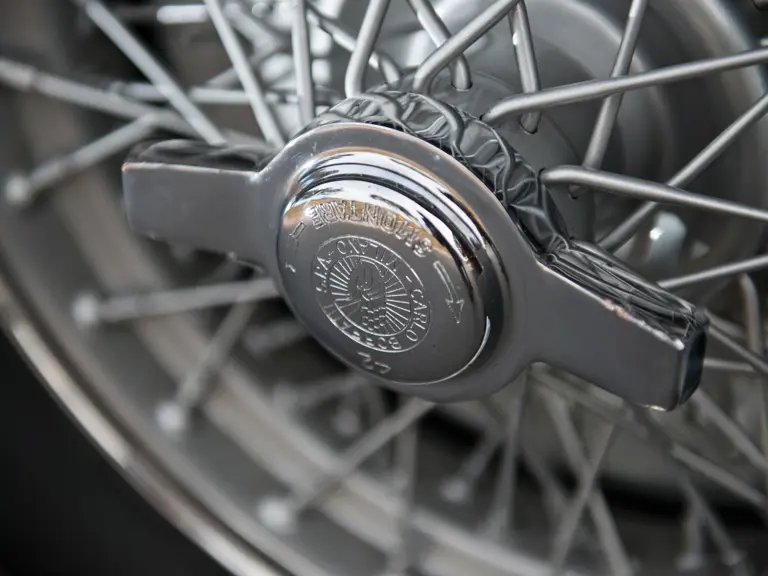

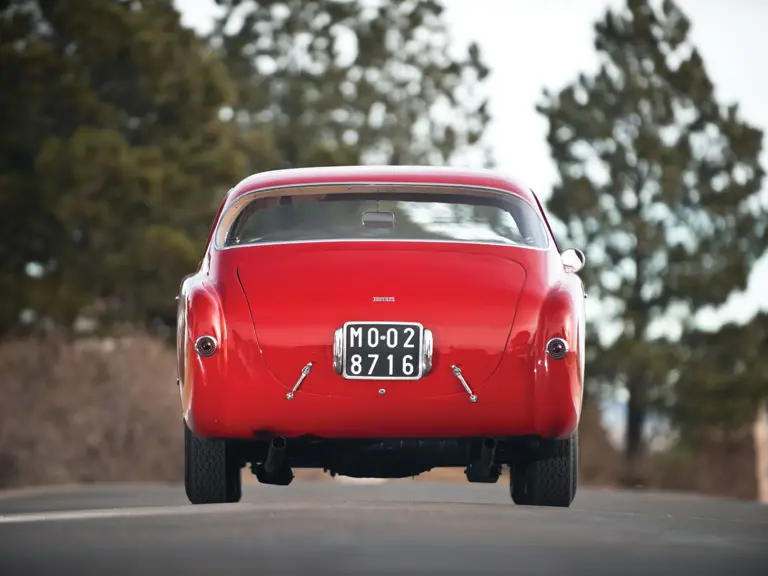
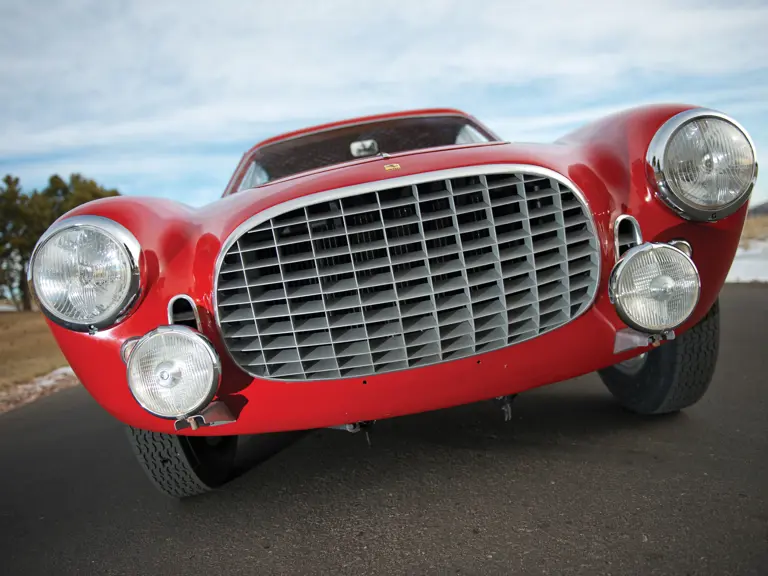

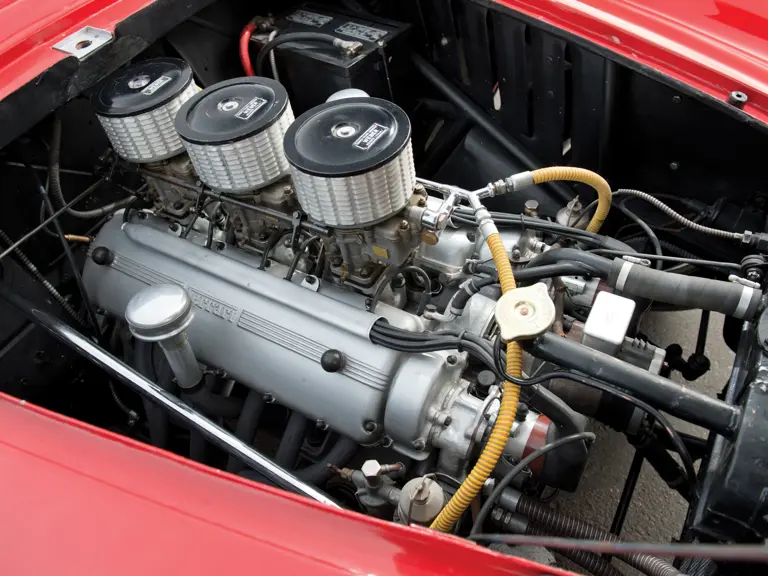
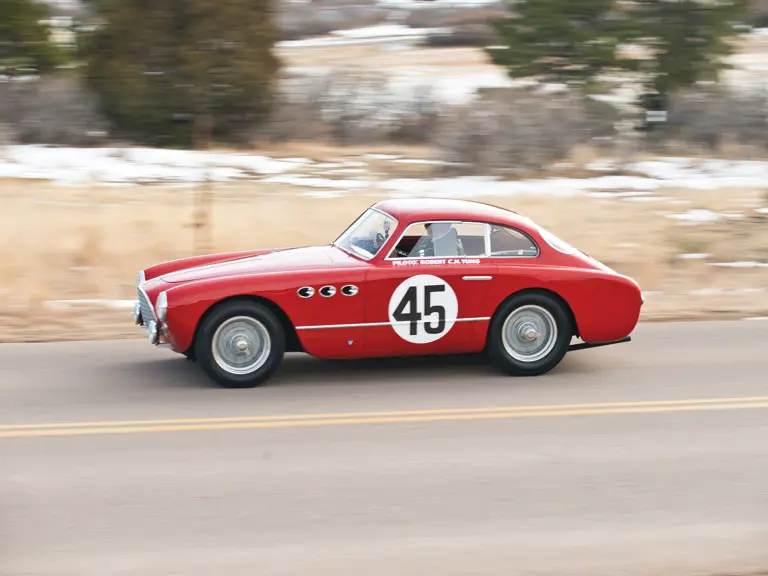
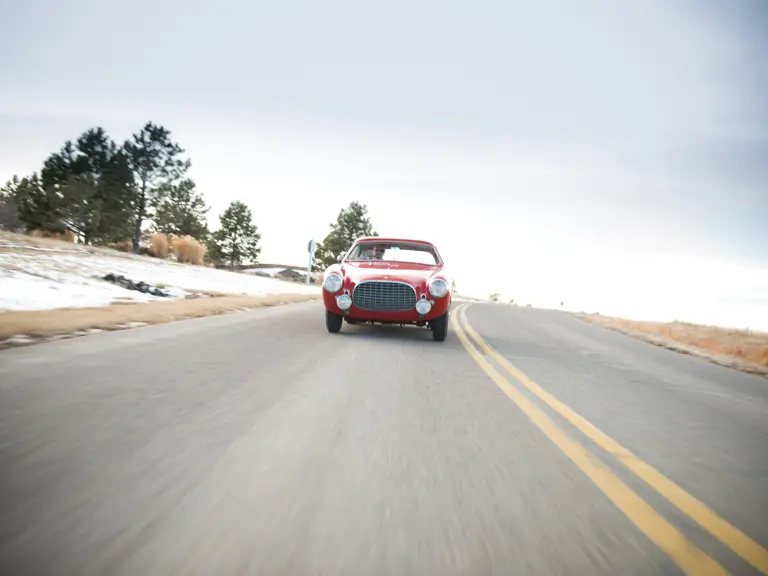
 | Amelia Island, Florida
| Amelia Island, Florida
